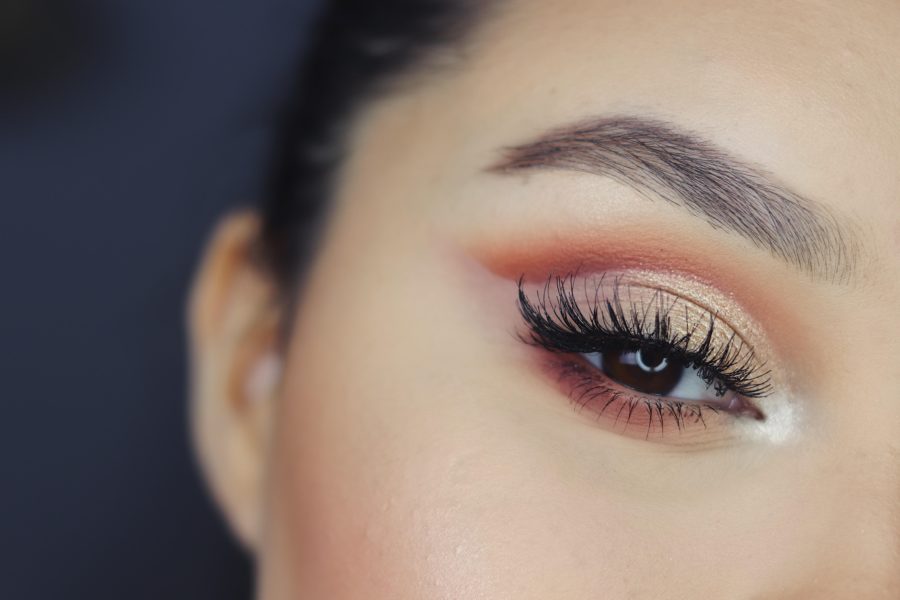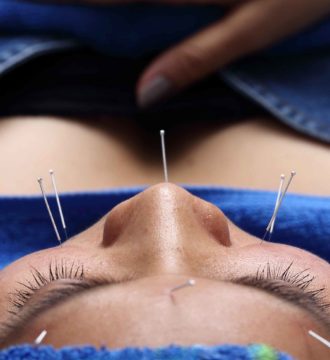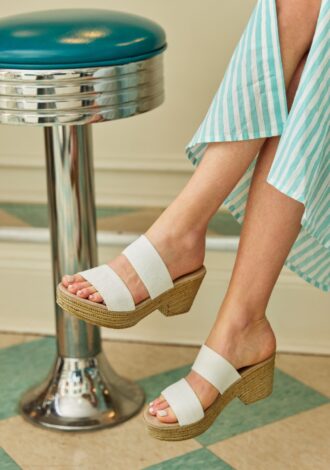For some women, microblading has been a game-changer for brow beauty. Microblading is a semi-permanent tattooing technique that creates hair-like strokes to fill in sparse brows. When done right, the ink’s 3D-effect creates seemingly full, natural-looking eyebrows with individualized arches and shaping. As a cosmetic procedure that costs between $500 and $800, there are many factors to consider when deciding if it’s right for you.
With microblading pigment lasting anywhere from one to three years, the procedure is one way to achieve a heavy, bold brow without having to use makeup every day. Some women are unable to grow out their eyebrows due to medical conditions or as a result of over-tweezing, and according to local brow artists, these problems are more common than you might think.
We caught up with Torrie Arquette, owner of beauty salon Dollface Boston, who told Exhale that she has worked with many clients who over-tweezed their eyebrows as teenagers. “Ultimately, in our age range, a lot of people are guilty of this,” she says. Arquette adds that some women tend to lose more and more body hair as they get older.

Photos courtesy of Dollface Boston
Before and after: Natural strokes mimic hairs for a more defined shape
Arquette has also worked with clients who are cancer survivors and have lost hair after undergoing chemotherapy, as well as clients with disorders such as alopecia, trichotillomania, and hypothyroidism. Many medications can also cause hair loss.
“I’ve met clients who feel self-conscious to go on vacation or go in a pool because their only option is to use makeup to fill in their eyebrows, but that’s not a permanent solution,” Arquette explains. “It takes a form of expertise to pencil in your eyebrows every day.”

Photos courtesy of Brow Muse
Fill me in: From sparse brows (left) to full arches (right).
Because microblading involves piercing your skin with tiny blades, there’s a long checklist to ensure you’re the right candidate. Mila Kaluk, owner of Brow Muse, a microblading studio with locations in Boston and New York, told Exhale that “Microblading does not work for everybody. Clients cannot be pregnant, breastfeeding, or taking any blood-thinning medication or products such as Accutane or retinol.”
Those with psoriasis, eczema, transmittable blood conditions such HIV or hepatitis, post-inflammatory hyperpigmentation, and active skin cancer are also not considered the right candidates.
You might even have to implement lifestyle changes in preparation for your brow appointment. For example, you can’t have a cold or the flu, consume caffeine or alcohol, or work out the day before or the day of the procedure. You also cannot take antibiotics less than three weeks before your appointment. For a full list of requirements and specifications, be sure to consult your practitioner.
I’ve met clients who feel self-conscious to go on vacation or go in a pool because their only option is to use makeup to fill in their eyebrows, but that’s not a permanent solution. It takes a form of expertise to pencil in your eyebrows every day. — Torrie Arquette, Dollface Boston
Similar to getting a permanent tattoo, microblading clients might feel some discomfort, but most practitioners use a topical numbing agent to reduce any pain. Appointments usually take one to two hours.
To ensure proper healing and color retention, you’re required to follow a strict aftercare regimen. Avoid getting the area wet for at least two weeks, which means no exercise or sweating, and only take quick and infrequent showers. You also can’t use makeup on the treated area for the first two weeks, and you have to avoid sun exposure or tanning for three to four weeks.
You’ll likely not want to schedule any special events until the brow tattoo has fully healed (four to six weeks) because post-procedure symptoms may include minor swelling and redness, tenderness, itchiness, and dry flaking skin. The selected color will start to soften and lighten two weeks after the procedure and, based on your aftercare regimen and your skin type, you may need a touch-up appointment to correct any color fading or loss of shape. Depending on the salon and your situation, touch-up costs range from free to $300.

Photos courtesy of Boston Brow Studio
The natural look: A client with eyebrow makeup (left), and after microblading (right)
We consulted Marissa Kong, owner of Boston Brow Studio, who cautioned that the microblading pigment might not work as well on “people with oily skin because their skin regenerates at a faster rate so the ink tends to fade faster.” According to Kong, although dry skin is more likely to hold on to ink, people with oily skin can still microblade; however, they will need a touch-up sooner and more frequently.
There are dozens of salons offering microblading services in and around Boston. The most important factors to consider when choosing the right practitioner is certification, experience, and cleanliness. Certification regulations vary state to state, but in Massachusetts a brow artist must be licensed with the local city’s board of health as a body arts practitioner. Most microblading practitioners are also licensed estheticians.
Expertise can be gauged by looking at a brow artist’s portfolio with before and after pictures. Kong says a client should also be able to book a “consultation first to have all their questions answered, and to make sure the place is clean.” She advises prospective clients to ask what kind of tools the practitioner uses, whether they are single-use or not, and how they are cleaned.
If after all your research, preparation, and meticulous aftercare you are unhappy with your microbladed brows, it’s best to let them heal and fade on their own—irritating the unhealed skin can cause scarring or an infection. Your microblading practitioner can address any color or shape concerns or offer advice on how to safely fade them.



 4 min read
4 min read



